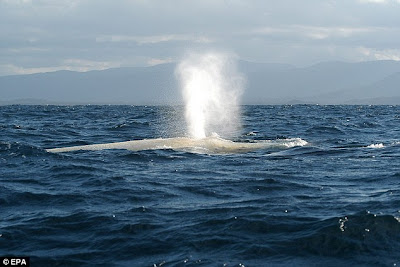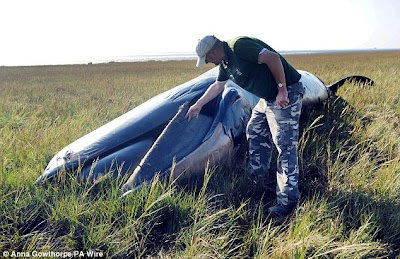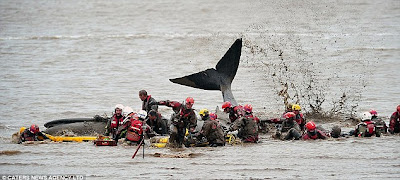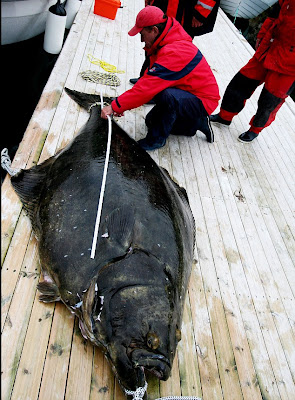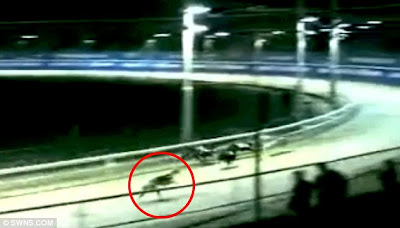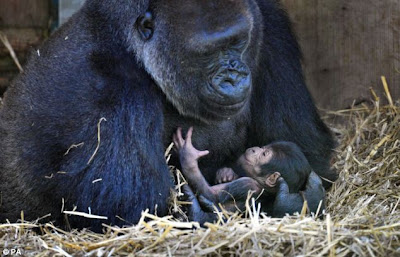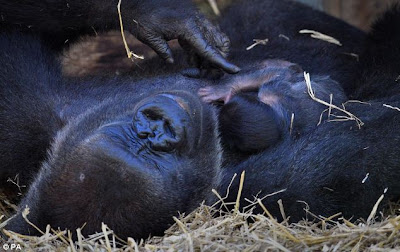By DAILY MAIL REPORTER
 Nothing to trifle with: Swarms of jellyfish like these pelagias are taking over the Mediterranean and could be a danger to tourists, warn experts
Nothing to trifle with: Swarms of jellyfish like these pelagias are taking over the Mediterranean and could be a danger to tourists, warn experts
Enormous swarms of jellyfish - some of them deadly - are taking over the Mediterranean, a top scientist has warned.
The holiday hotspot, a favourite with Brits, has seen a sharp increase in numbers and could turn into an 'ocean of jellyfish'.
Now researchers have set up a 'Jellywatch' so the public can report sightings via a website or by using a phone app.
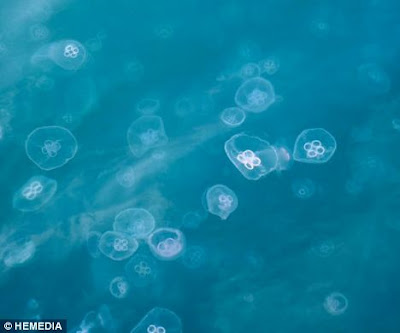 Invasion: Blooms of Aurelia jellyfish like this one await sun-seekers heading for a winter break in the Mediterranean.. and it's getting worse
Invasion: Blooms of Aurelia jellyfish like this one await sun-seekers heading for a winter break in the Mediterranean.. and it's getting worse
The scheme started in Italy and Israel three years ago after growing public fears over jellyfish 'blooms'. Monitoring has since begun in Spain.
The man behind the plan, Professor of zoology Ferdinando Boero, warned: 'Jellyfish cause problems for swimmers, particularly as some species are a real health hazard.
'An Italian woman was killed last year after being stung by a Portuguese Man o' War.
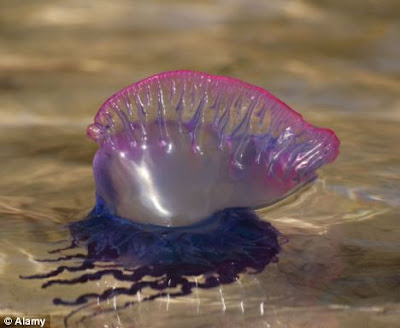 Deadly: A Portuguese Man o' War like this one killed a woman off the coast of Italy
Deadly: A Portuguese Man o' War like this one killed a woman off the coast of Italy
'Jellyfish have clogged industrial marine cooling systems in Israel and they have also caused problems for power plants in the US and Scotland.'
He said: 'While jellyfish are a natural feature of the Mediterranean, 'jelly blooms' were rarely seen until the last few years when massive swarms became a frequent sight in coastal waters..
'This causes all sorts of problems and one of the biggest is obviously tourism.'
source: dailymail
 Nothing to trifle with: Swarms of jellyfish like these pelagias are taking over the Mediterranean and could be a danger to tourists, warn experts
Nothing to trifle with: Swarms of jellyfish like these pelagias are taking over the Mediterranean and could be a danger to tourists, warn expertsEnormous swarms of jellyfish - some of them deadly - are taking over the Mediterranean, a top scientist has warned.
The holiday hotspot, a favourite with Brits, has seen a sharp increase in numbers and could turn into an 'ocean of jellyfish'.
Now researchers have set up a 'Jellywatch' so the public can report sightings via a website or by using a phone app.
 Invasion: Blooms of Aurelia jellyfish like this one await sun-seekers heading for a winter break in the Mediterranean.. and it's getting worse
Invasion: Blooms of Aurelia jellyfish like this one await sun-seekers heading for a winter break in the Mediterranean.. and it's getting worseThe scheme started in Italy and Israel three years ago after growing public fears over jellyfish 'blooms'. Monitoring has since begun in Spain.
The man behind the plan, Professor of zoology Ferdinando Boero, warned: 'Jellyfish cause problems for swimmers, particularly as some species are a real health hazard.
'An Italian woman was killed last year after being stung by a Portuguese Man o' War.
 Deadly: A Portuguese Man o' War like this one killed a woman off the coast of Italy
Deadly: A Portuguese Man o' War like this one killed a woman off the coast of Italy'Jellyfish have clogged industrial marine cooling systems in Israel and they have also caused problems for power plants in the US and Scotland.'
He said: 'While jellyfish are a natural feature of the Mediterranean, 'jelly blooms' were rarely seen until the last few years when massive swarms became a frequent sight in coastal waters..
'This causes all sorts of problems and one of the biggest is obviously tourism.'
source: dailymail



 6:21 AM
6:21 AM
 ms.tk
ms.tk

